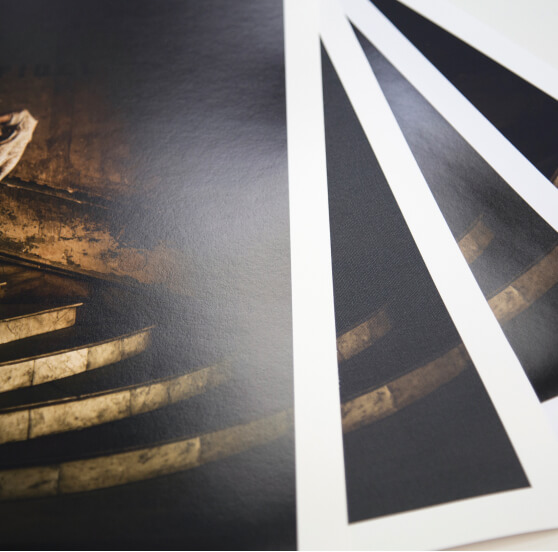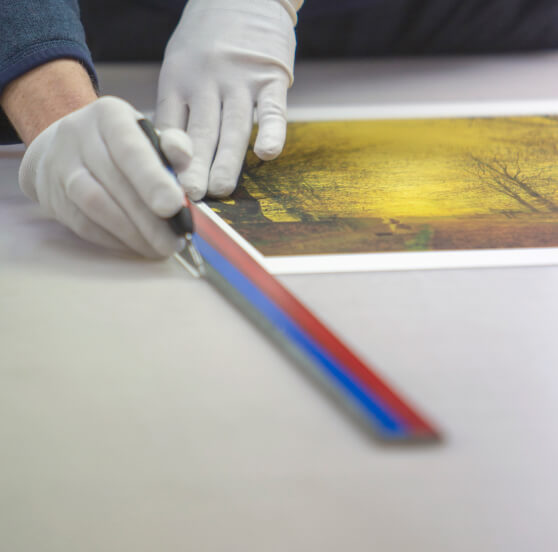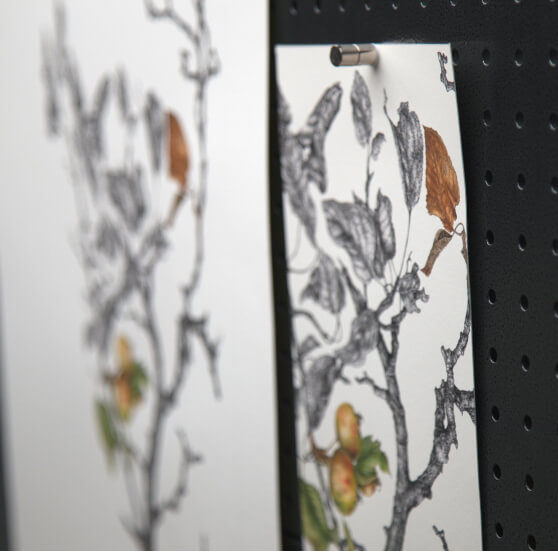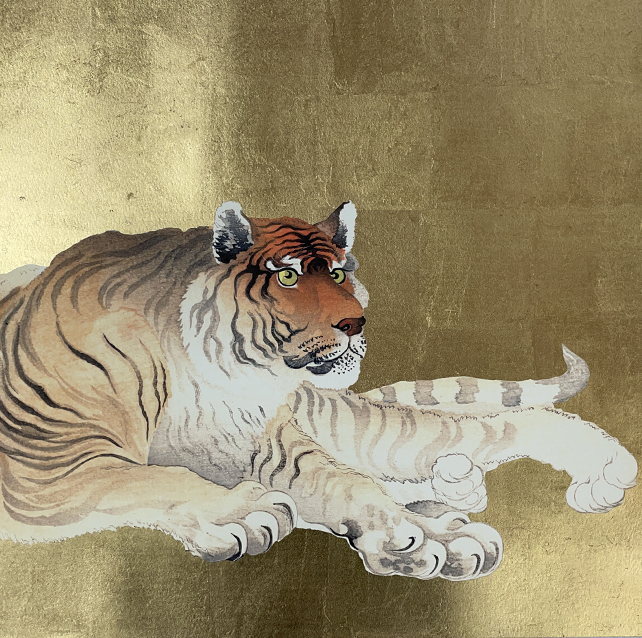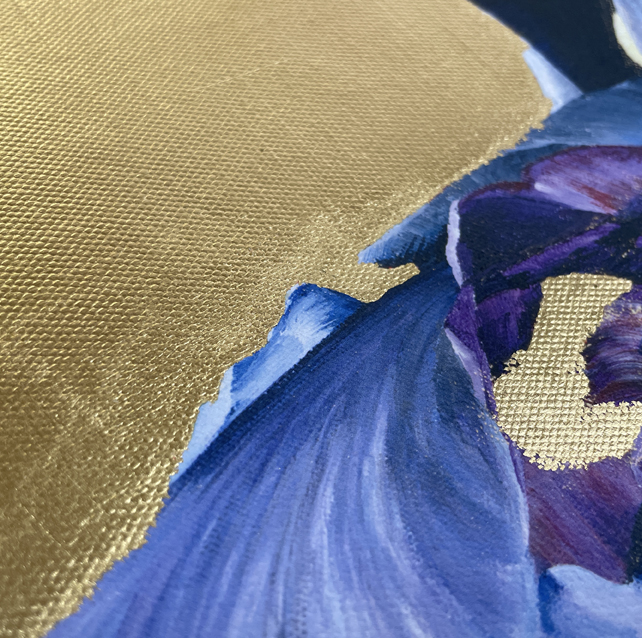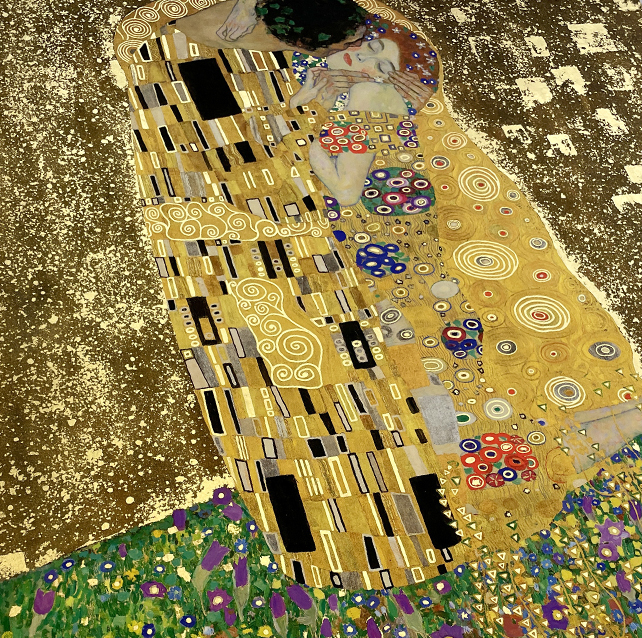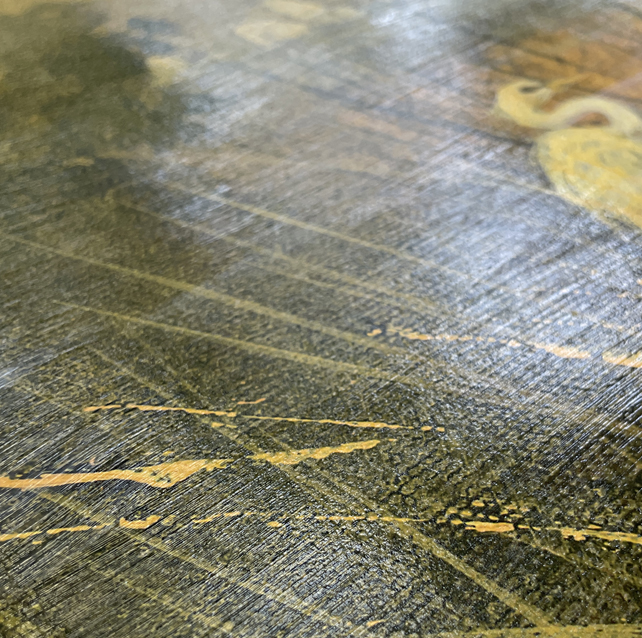What is Giclée Printing? A Guide to High-Quality Art Reproduction
Giclée printing, pronounced “zhee-clay,” is a fine art digital printing method using high-resolution inkjet printers. It was developed in the 1990s and is now widely recognised as the gold standard for reproducing fine art and photography. Giclée is unique in its ability to deliver prints that are nearly indistinguishable from the original, capturing every nuance of the artist’s brush stroke or the photographer’s image. This printing technique is commonly used by artists, photographers, and galleries to produce high-quality, archival prints for sale, exhibition, or collection.
A Brief History of Printing: From Lithography to Giclée
Printing technology has evolved dramatically over time, each iteration building on the previous to provide more detailed, accurate reproductions. Traditional methods, such as lithography, were initially developed in the late 18th century and involve creating prints by pressing ink onto a surface from a stone or metal plate. These methods, though revolutionary at the time, had limitations in terms of colour accuracy and print longevity.
Fast-forward to the 20th century, and the advent of digital printing began to change the landscape. Inkjet printers became more common in the 1980s, but it wasn’t until the 1990s, with the advent of Giclée printing, that artists and photographers found a method capable of producing fine art prints with true-to-life colour and precision.
How Giclée Printing Revolutionised Art Reproduction
The Birth of Giclée in the 1990s:
Giclée printing was pioneered by Jack Duganne, a printmaker who sought a term to describe digital prints that were being created with high-end inkjet printers. The word "Giclée" is derived from the French word "gicler," which means to spray, a nod to the printer’s method of spraying tiny droplets of ink onto the paper or canvas.
Giclée vs. Traditional Printing Techniques:
Compared to traditional printing methods such as lithography, Giclée offers greater flexibility in production. While lithography typically requires an entire edition to be printed in one go, Giclée allows for smaller, on-demand print runs. Artists and photographers can print just one or two pieces or scale up to a full edition at any time, ensuring better control over inventory and costs.
This advantage makes Giclée ideal for artists who want to offer limited editions but don't want to commit to a large upfront print run, allowing for a more efficient and sustainable approach to art reproduction.
- No Need for Large Print Runs: With lithography, artists often need to commit to printing the entire edition upfront, which can be costly and result in excess inventory. Giclée printing, however, allows for smaller, more manageable print runs. Artists can produce prints as needed, whether for a gallery, collector, or exhibition.
- Edition Control: Giclée printing gives artists greater control over the release of their editions. They can print as few or as many as they want over time, maintaining exclusivity without having to invest in a full edition all at once.
- Cost Efficiency: By printing in smaller batches, Giclée printing reduces the financial burden of upfront production costs, allowing artists to respond to market demand without the risk of overproduction.
The Techniques Behind Giclée Printing
High-Resolution Inkjet Printers:
At the core of Giclée printing is the use of sophisticated inkjet printers, from the likes of Epson and Canon. These printers are capable of achieving resolutions as high as 2400 DPI (dots per inch), providing an unparalleled level of detail and precision. Each print is created by layering tiny dots of ink, blending them seamlessly to create vibrant, true-to-life colours. This method allows for smooth gradients and subtle transitions, particularly important for reproducing watercolours, pastels, and complex photographic images.
Archival-Quality Inks and Paper:
One of the defining characteristics of Giclée printing is the use of pigment-based inks. These inks are designed for longevity and are resistant to fading, ensuring that prints maintain their vibrancy for up to 200 years when displayed under proper conditions. Giclée prints are typically produced on acid-free, archival-quality paper or canvas. The most common choices are cotton rag papers and textured watercolour papers, both of which offer a luxurious finish that enhances the depth and richness of the artwork. When printed on canvas, Giclée prints can be further stretched and framed, giving them the appearance of an original painting.
Why Choose Giclée? Key Benefits for Artists and Collectors
Superior Color Accuracy:
One of the most significant benefits of Giclée printing is its ability to accurately reproduce colours and details that may be lost in traditional printing methods. Artists and photographers appreciate Giclée because it allows them to maintain the integrity of their work, down to the finest brushstroke or subtle colour variation. Giclée’s precision ensures that the final print mirrors the original image as closely as possible, providing viewers with an authentic representation.
Longevity and Durability:
In addition to its colour accuracy, Giclée printing is known for its exceptional durability. The combination of archival-quality inks and papers means that Giclée prints can resist fading for decades, if not centuries. This makes them an ideal choice for collectors and galleries that require works capable of standing the test of time.
Who Uses Giclée Printing?
Artists and Photographers:
Many professional artists and photographers rely on Giclée printing to reproduce their work. For artists, this allows them to offer high-quality prints of their original paintings or drawings without compromising the artwork’s integrity. Photographers, too, appreciate the precision of Giclée prints, as it allows them to replicate their images with unparalleled sharpness and colour fidelity.
Art Collectors and Museums:
Giclée printing has become a favourite among collectors and museums as well. The high quality and long-lasting nature of these prints make them suitable for archival purposes, ensuring that valuable pieces of art can be reproduced and displayed without risking damage to the originals. Many renowned galleries around the world feature Giclée prints of famous works as part of their collections.
Famous Artworks Reproduced Through Giclée Printing
Giclée printing has been used to reproduce many of the world’s most famous paintings and photographs. Works by Vincent van Gogh, Claude Monet, and Gustav Klimt have all been recreated using this method, allowing art lovers to own a piece of history without purchasing the original. For instance, van Gogh’s Starry Night and Monet’s Water Lilies are often reproduced as Giclée prints, capturing the essence of the original works with incredible detail and vibrancy.
Contemporary artists such as David Hockney and Banksy have also utilised Giclée printing for limited edition prints, which have become highly sought after by collectors.
How to Get Started with Giclée Printing
If you’re an artist or photographer interested in producing Giclée prints of your work, it’s important to choose a reputable printing service that uses top-of-the-line printers and archival materials. The process typically begins with scanning or photographing the original artwork at a high resolution, ensuring that all the fine details are captured. Once the image is prepared, you can select the type of paper or canvas and choose from various finishing options, such as matte or gloss coatings.
Working with an experienced Giclée printer will ensure that your reproductions meet the highest standards and maintain the integrity of your original artwork.
